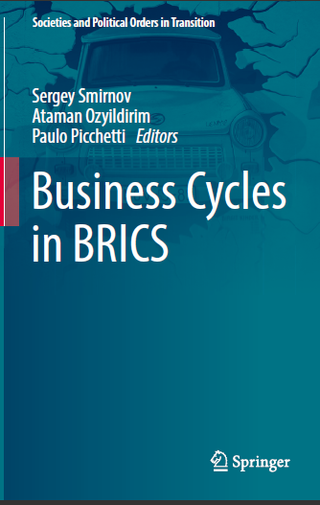?
Business Cycles in BRICS
This volume focuses on the analysis and measurement of business cycles in Brazil, Russia, India, China and South Africa (BRICS). Divided into five parts, it begins with an overview of the main concepts and problems involved in monitoring and forecasting business cycles. Then it highlights the role of BRICS in the global economy and explores the interrelatedness of business cycles within BRICS. In turn, part two provides studies on the historical development of business cycles in the individual BRICS countries and describes the driving forces behind those cycles. Parts three and four present national business tendency surveys and composite cyclical indices for real-time monitoring and forecasting of various BRICS economies, while the final part discusses how the lessons learned in the BRICS countries can be used for the analysis of business cycles and their socio-political consequences in other emerging countries.
